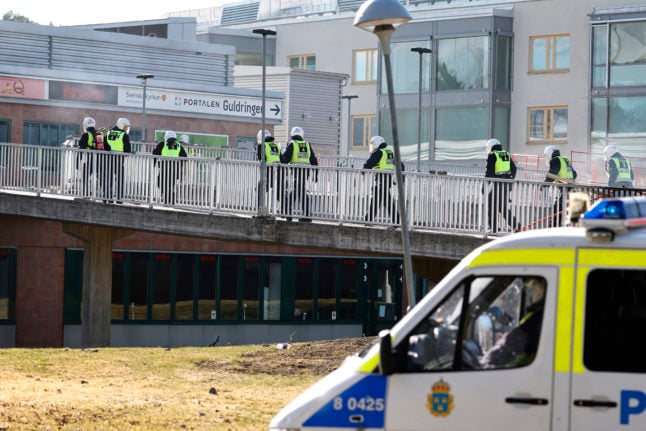The bridge collapsed during a storm on August 14th, killing 43 people and making hundreds more homeless.
The inhabitants of the so-called “Red Zone” near the bridge have been unable to re-enter their homes to collect their clothes and belongings.
A committee that represents the displaced had requested contributions of €10,000 per person from bridge operator Autostrade per l’Italia to supply their immediate needs.
Autostrade had responded that it would provide up to €15,000 per person, with the caveat that the funds would be administered through the government’s Regional Strategic Interventions Program, PRIS, which oversees major public works construction.
READ ALSO: Genoa residents left shattered after collapse of Morandi Bridge
An ongoing investigation seeks to determine responsibility for the collapse of the bridge, which was built from reinforced concrete in the 1960’s and required numerous repairs over the following decades.
Autostrade insists that it met all its obligations in maintaining the bridge and is not implicated in the disaster.
But Italy’s government has made it clear that it considers Autostrade to bear the bulk of the responsibility for the tragedy, and has repeatedly said it intends to revoke the state’s contracts with the motorways operator.
READ ALSO:



 Please whitelist us to continue reading.
Please whitelist us to continue reading.